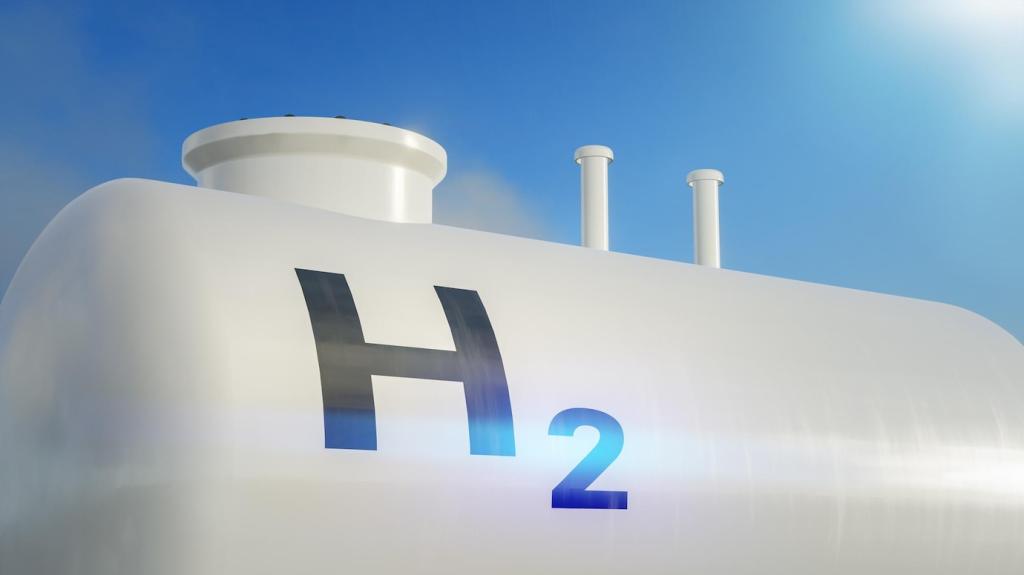Trends in Environmentally Safe Packaging Technologies
Chosen theme: Trends in Environmentally Safe Packaging Technologies. Step into a future where packaging protects products, people, and the planet. From smarter materials to reuse models and digital IDs, discover practical, inspiring shifts reshaping how we design, print, ship, recover, and reuse. Join our community to share pilots, compare data, and learn what really works in the field.
Bio-Based, Compostable, and Circular Materials Rise
Compostables can shine in food-service waste streams, festivals, and closed campuses with reliable organics collection, yet they struggle where infrastructure is weak. We’ve seen a local caterer cut contamination by pairing clear signage with PHA forks and cups. Share your compostable wins and misses so we can map what truly scales.
Designing for Recycling and Mono‑Material Simplicity
Design tweaks, like floating closures and wash‑off labels, can transform sortability. A household cleaner switched to a compatible adhesive and jumped reclaim yield without touching the bottle weight. If you’ve audited labels or caps against local MRF guidance, drop your findings—we’ll compile a practical checklist for readers.


Designing for Recycling and Mono‑Material Simplicity
Invisible watermarks and AI cameras help identify resin, color, and even prior food contact at conveyor speeds. A pilot in a coastal city boosted PET quality grades by enabling targeted reprocessing. Considering a trial? Subscribe for our upcoming field notes on costs, calibration, and how to avoid false positives.
Refill on the go: dispensers that delight shoppers and cut single‑use waste
In‑store dispensers for detergents and dry goods thrive when UX is friction‑free: clear pricing, clean funnels, and quick receipts. One grocer reported repeat rates climbing after staff learned to champion the station. Tried refill? Tell us which container sizes and messaging converted skeptics into loyal refillers.
Returnable e‑commerce: durable mailers, reverse logistics, and hygiene by design
Apparel retailers now use rugged mailers with fold indicators and scannable IDs. A regional pilot reached five turns before scuffing triggered retirement and recycling. Considering returns? We’ll share a sanitation SOP template next month—subscribe and send your pain points so we focus on real hurdles.
Operational math: when reuse beats a lightweight recyclable alternative
The break‑even depends on transport distance, backhaul rates, wash energy, and loss. A café chain’s stainless cup won after seven uses due to dense urban routes. Share your assumptions, and we’ll model scenarios together to reveal the tipping point for your region and product type.
From QR codes to product passports: telling the end‑of‑life story upfront
A simple QR code can show resin type, recycling guidance by ZIP code, and repair or refill options. A beauty brand’s code cut customer confusion and reduced returns. Planning a passport? Comment with your data fields—material, inks, adhesives—and we’ll share a starter schema for consistent reporting.
Sensors and freshness indicators: preventing waste with precision
Time‑temperature indicators and oxygen scavengers can extend shelf life and avoid precautionary disposal. A salad producer cut waste by 12% after adopting a simple color‑shift label. If sensors helped you re‑date safe product, tell us what buyers trusted most: visuals, audits, or third‑party certification.
Life Cycle Assessment in the design loop, not afterthought
Teams that run quick LCAs during concepting avoid late surprises. One snack firm prevented a costly retool by spotting transport impacts dwarfing material gains. Want our LCA cheat sheet with hotspots by category? Subscribe, and we’ll send a concise guide you can bring to your next design sprint.

Safer Barriers, Coatings, and Inks Without Compromise
PFAS‑free performance: grease, moisture, and oxygen resistance re‑imagined
New dispersion coatings and biopolymer layers deliver resistance without persistent chemicals. A quick‑serve chain moved to PFAS‑free wraps after lab tests confirmed fry‑proof performance. Tried alternatives? Share your oven and microwave results so we can compare durability across real kitchen conditions.
Water‑based and low‑migration inks: protecting products and people
Converters report crisp color from water‑based and LED‑UV systems with lower emissions and faster curing. One converter met a retailer’s tight migration spec without slowing presses. What ink‑substrate pairings worked best for you, and how did you validate de‑inkability in mill trials?
Designing for de‑inking and fiber yield: value across multiple lives
Print coverage, ink choice, and adhesive selection can determine whether fibers recycle into premium board or downcycle. A publisher cut solids in key areas and improved mill brightness scores. If you’ve run a pilot with certified de‑inkable labels, tell us the delta in recovered fiber quality.
Policy, Standards, and Market Signals Accelerate Change
Extended Producer Responsibility fees are nudging formats toward recyclability, while deposit systems lift collection quality. Standardized labels cut contamination at the curb. Tell us your jurisdiction and timelines; we’ll assemble a living matrix so readers can align packaging choices with incoming rules.


Policy, Standards, and Market Signals Accelerate Change
Major retailers are tying shelf space to recyclability, recycled content, and verified data. A home goods brand advanced a tier after publishing LCAs and audit results. Want our scorecard decoder? Subscribe and we’ll translate criteria into specific design actions you can brief to suppliers tomorrow.
